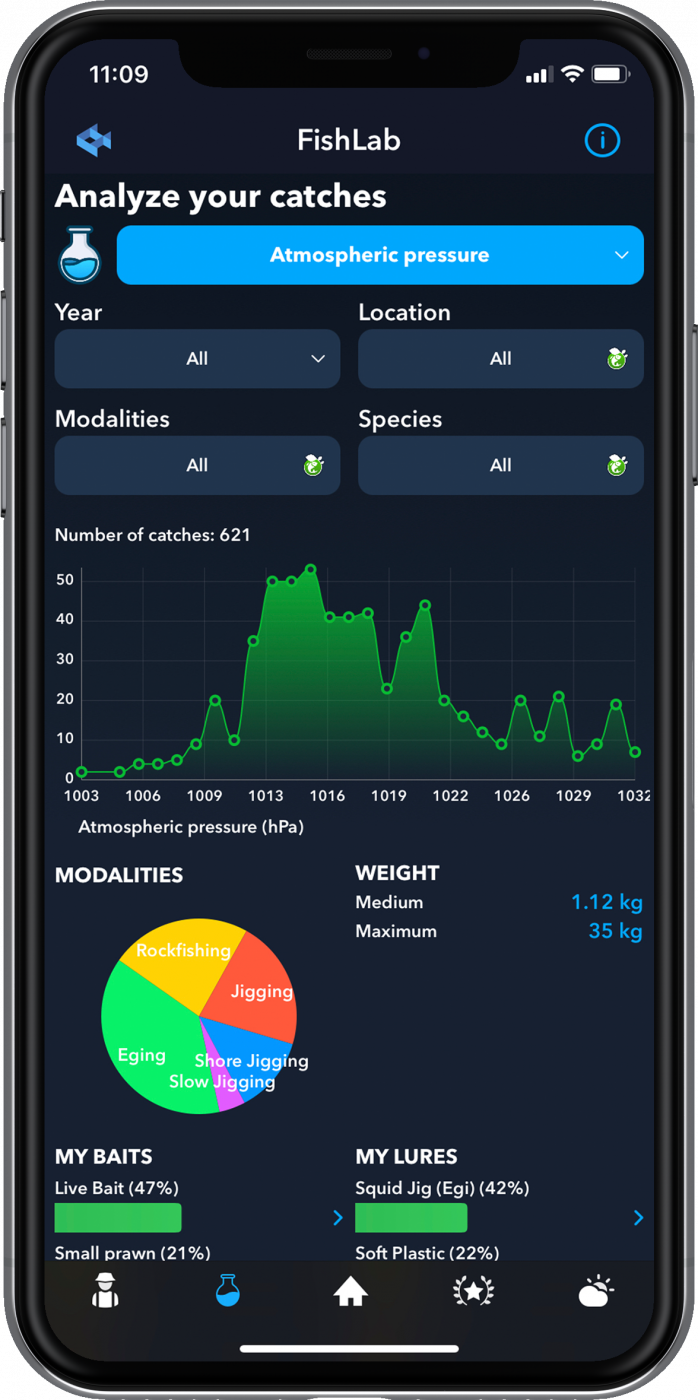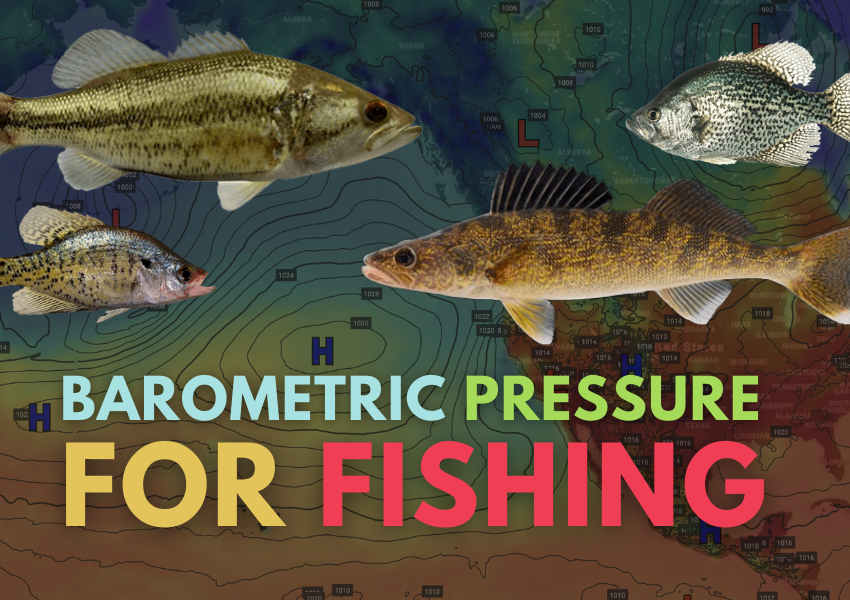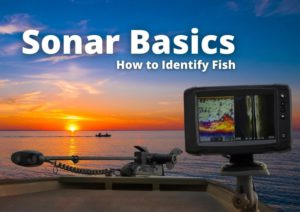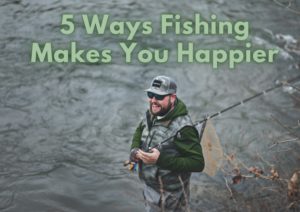In this post, we will discover what is the best barometric pressure for fishing and how it affects when catching a fish. We will also explain some tools to know the best barometric pressure for fishing, such as the FishLab by WeFish.
In this post, we will discover what is the best barometric pressure for fishing and how it affects catching a fish. We will also explain some tools to know the best barometric pressure for fishing, such as the FishLab by WeFish.
There are days when we manage to catch a lot of fish in a certain place, but suddenly we go to that same place another day, use the same fishing gear and do not catch anything at all. So we ask ourselves what have we done wrong? It may not be our fault, as factors such as fishing pressure, boat traffic, and changes in water conditions can affect the behavior and location of fish. So today we want to talk to you about one of these factors that can influence the behavior of fish and therefore fishing: fishing barometric pressure.

What is barometric pressure?
Barometric pressure, also called atmospheric pressure or air pressure, is the weight of the air that presses on everything on the planet, including fish and fishermen. And although it may seem so, it is not something light. For example, a one-square-inch column of air rising from sea level to the top of our atmosphere weighs about 14.7 pounds.
Air has mass, but we don’t feel it because we are used to the pressure. Air pressure affects what is both above and below the water, so fish are also under this pressure.
To measure barometric or atmospheric pressure, advanced tools such as smartwatches or smartphones can now be used, but traditionally barometers were used. Outdoor enthusiasts recognize and appreciate the authenticity of barometers and, as such, continue to use them. These too have been revolutionized and their branding has improved over time.
There are two types of barometers: aneroid and mercury. The main difference between the aneroid barometer and the mercury barometer is that the aneroid barometer measures atmospheric pressure using the expansion of metal, while the mercury barometer measures atmospheric pressure by adjusting the height of the mercury inside a tube.
What must be taken into account when choosing a barometer?
- The barometer must be accurate, a good quality instrument will be able to demonstrate significant pressure changes. When choosing a barometer to buy, a physical exam also helps. If the capsule seal fails, the barometer is dead. And if the capsule is not perfectly uniform in thickness, the readings may not be reliable.
- Altitude should always be considered when choosing a barometer, especially if you plan to use it outdoors. Atmospheric pressure decreases with increasing altitude, but actual atmospheric pressure becomes equivalent to sea level.

How does barometric pressure affect fish?
Altitude and high- and low-pressure weather systems affect the barometer. In addition, there are less pronounced fluctuations in pressure, twice a day due to the heating of the sun. All these changes in barometric pressure, even slight, will change the behavior of the fish. This is because changes in pressure act as minor changes in gravity, altering the balance especially in water, where objects weigh less and are more prone to ups and downs.
How is it possible for fish to detect these pressure changes? Well, fish are very attentive to their environment. Nature is wise, and that is why many species have pressure sensing systems such as the lateral line. This is a sensory organ on the dis that is used to detect movement and vibration in the water. Thanks to this they are easily able to detect slight changes in the atmosphere.
Game fish, such as largemouth bass, walleyes, or crappies are affected by pressure changes as well as by changes in other meteorological variables such as water temperature, the amount of light, and other variables that affect their environment and therefore to their food. For example, even a slight pressure drop can cause small particles of sediment and other materials to float to the bottom or rise higher than normal in the water column. This can slightly cloud the water and reduce visibility. But the effects of a pressure drop do not end there, another thing that can happen is that zooplankton and phytoplankton are displaced by rapid changes in barometric pressure, therefore a feeding wave will be created between the fish that are used as bait. Also, keep in mind that fish in shallow water are more susceptible to changes in air pressure than fish in deep water.
Here you have a video that uses science to clearly and simply explain barometric pressure and how the pressure changes affect fishing. The atmospheric pressure changes cause fish to act in different ways with tips on how to catch fish during changing weather.
So, what is the best barometric pressure for fishing?
As we have already mentioned, pressure changes affect the behavior of the fish, therefore, we anglers should change some things, such as the lures we are using. A rising or falling barometer often coincides with fine fishing. So anglers should target prime feeding areas with aggressive presentations. An example is when falling pressure spurs walleyes to feed, switching from live bait to trolling crankbaits can give us some good catches.
Good weather will be better for fishing, but why? Because long periods of good weather allow fish to find the best combination of ideal water temperature, dissolved oxygen levels, light penetration, and other factors and then slip into predictable feeding routines. Therefore, fishing will be more reliable when the pressure has been constant for several days or more.While pressure changes can trigger fish activity, low-pressure systems such as major cold fronts can shut it down. Although, the decrease in fish activity has more to do with the consequences of climate change than with the actual air pressure.
Discover the best barometric pressure for fishing with FishLab
In summary, the key to getting good catches is understanding how barometric pressure and other mitigating factors, both natural and human, affect fish behavior in a given fishing spot and adjusting our fishing tactics to be more effective. But how can we do this?
Our answer is using FishLab. This is a feature of WeFish App with which you will be able to check what your catches have been based on the atmospheric parameters, and thus, you will see in what conditions you have been more successful.
So, how do you know the best barometric pressure for fishing with FishLab? It’s easy, you just have to open FishLab on WeFish and start your experiment. Let’s see an example:



Screenshots of WeFish FishLab.
You can analyze your catches based on 5 meteorological variables: air temperature, water temperature, wind speed, moon phase, and the one that interests us, atmospheric (barometric) pressure. If you select this last one, you will see with which quantity of atmospheric pressure you have gotten more catches. In the case of the image above, the peak number of catches occurs with a barometric pressure of 1015 hPa – 0.2997 In-Hg. Therefore, in the case of the fisherman in this example, we know that the best barometric pressure for fishing will be that one, based on data from all his catches. Pure science and statistics! These are not random data or assumptions.
But it does not end there, we can be more meticulous and discover the best barometric pressure for fishing depending on a certain species, a type of fishing, and even a specific fishing spot. If we continue with the example in the image above, in the third screenshot we can see that the experiment consists of analyzing the atmospheric pressure but for a specific type of fishing, eging, and for the European Squid species. The results obtained here differ from those obtained in the first experiment, since in that one, we analyzed all catches. In this case, by adding more filters (type of fishing and species), the results tell us that the best barometric pressure for fishing European Squid by eging is 1021 hPa – 0.3015 In-Hg.
It is important to note that each fisherman has to discover the best conditions for himself. That is, the FishLab gives results adapted to each fisherman according to the data that he has entered in his fishing log. In the end, what works for one does not have to work for another, the results will vary depending on the characteristics of each fisherman (movements), the equipment he uses, the place where he is…
If you are interested in knowing how other atmospheric variables affect fishing, and how to know how to control them thanks to Fishlab by WeFish, we recommend reading the following post: How to Catch Fish with a Solunar Forecast?
This is all you need to know to understand how barometric pressure influences fish behavior and therefore fishing. In addition, we hope that you will join WeFish to be able to use Fishlab and thus discover the best barometric pressure for fishing.











